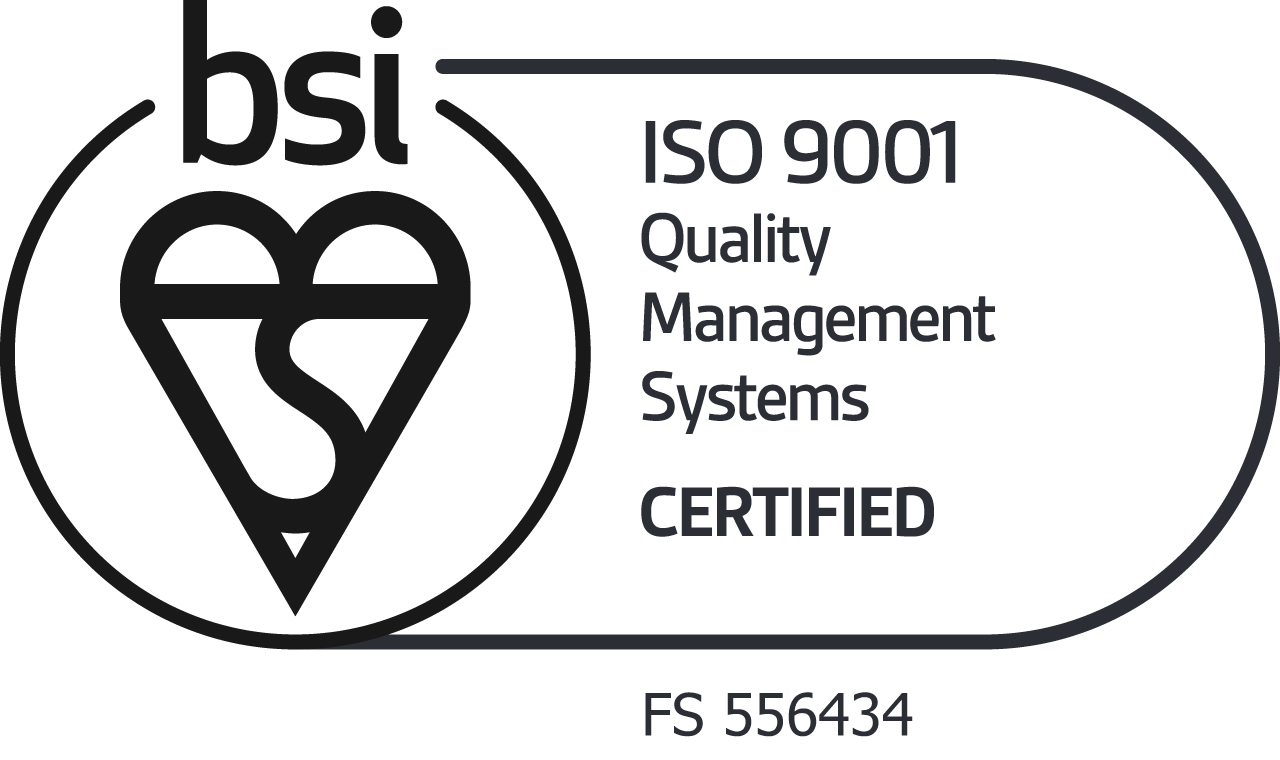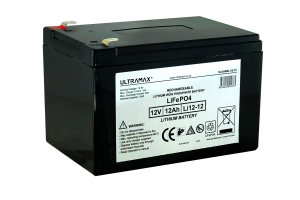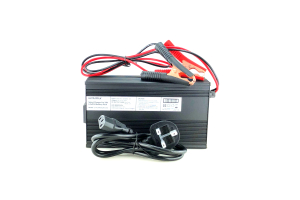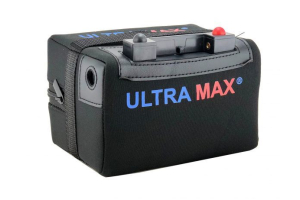Are Sealed Lead Acid Batteries Allowed on Airplanes?
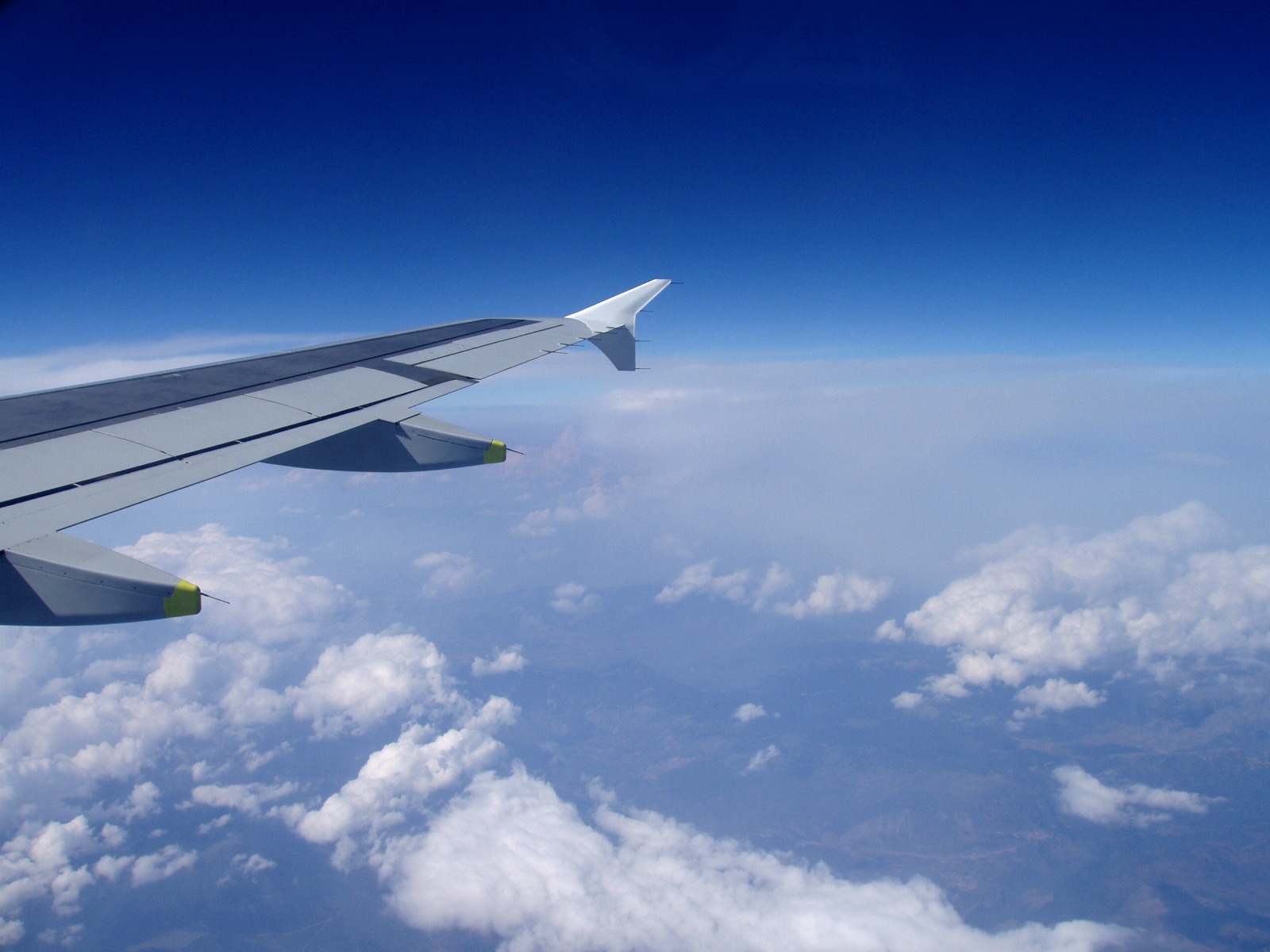
Are Sealed Lead Acid Batteries Allowed on Airplanes?
Travelling can often feel like a maze of regulations and restrictions, particularly when it comes to bringing along essential gear like sealed lead acid batteries. Whether you're heading to a remote location for a camping adventure or bringing equipment for a crucial project, understanding the rules surrounding these batteries is vital. Are sealed lead acid batteries allowed on airplanes? This question comes up frequently for travellers who want to ensure they pack everything safely and legally. With safety regulations driving airline policies, navigating the dos and don'ts can be daunting. In this article, we'll break down everything you need to know about transporting sealed lead acid batteries on aeroplanes, ensuring you have the peace of mind to travel without any unexpected hiccups. Buckle up as we delve into the guidelines and tips for safe and compliant travel!
Understanding Sealed Lead Acid Batteries
Sealed lead acid (SLA) batteries are a robust and reliable power source used in numerous applications, from medical equipment and emergency lighting to mobility scooters and alarm systems. Unlike traditional lead acid batteries, sealed lead acid batteries are maintenance-free, with the electrolyte contained within a sealed casing that prevents spills and leaks.
Key characteristics of sealed lead acid batteries include:
- Spill-proof design
- Maintenance-free operation
- Suitable for various orientations
- Consistent performance in multiple temperature ranges
- Relatively low cost compared to other battery technologies
Regulations for Carrying Batteries on Aeroplanes
Airline and aviation safety regulations are stringent when it comes to battery transportation, and for good reason. Batteries can pose potential fire and safety risks, particularly during air travel.
TSA Guidelines for Sealed Lead Acid Batteries
The Transportation Security Administration (TSA) provides specific guidelines for sealed lead acid batteries:
- Small sealed lead acid batteries (under 100 Wh) are generally permitted in carry-on and checked luggage
- Larger batteries may require special permission and documentation
- Batteries must be installed in equipment or properly protected to prevent short-circuiting
International Air Transport Association (IATA) Rules
The IATA has comprehensive regulations for battery transportation:
- Batteries must be in good condition
- Terminals must be protected from short circuits
- Batteries should be securely packed to prevent movement
- Special packaging and labelling may be required for larger batteries
Safety Concerns Related to Sealed Lead Acid Batteries
While sealed lead acid batteries are generally considered safer than other battery types, several safety concerns exist:
- Potential for hydrogen gas release
- Risk of short-circuiting
- Possible leakage under extreme conditions
- Potential thermal runaway in damaged batteries
How to Properly Pack Sealed Lead Acid Batteries for Air Travel
Proper packing is crucial to ensure compliance and safety:
- Use original manufacturer packaging when possible
- Ensure battery terminals are completely covered
- Use non-conductive tape to secure terminals
- Place batteries in a rigid, protective container
- Avoid packing batteries near flammable materials
- Consider removing batteries from equipment during transit
Alternatives to Sealed Lead Acid Batteries for Air Travel
If you're concerned about transportation challenges, consider these alternatives:
- Lithium iron phosphate (LiFePO4) batteries
- Gel cell batteries
- Portable power banks designed for travel
- Lightweight lithium polymer batteries
Frequently Asked Questions about Air Travel with Batteries
Q: Can I pack multiple sealed lead acid batteries? A: Typically, you can carry 2-4 batteries, but always check with your specific airline.
Q: Do I need to declare sealed lead acid batteries? A: Yes, it's recommended to inform airline staff about any batteries you're transporting.
Q: Are there weight or capacity restrictions? A: Most airlines restrict batteries to 100 Watt-hours (Wh) for carry-on luggage.
Tips for Travellers with Sealed Lead Acid Batteries
- Always check current airline regulations before travelling
- Contact your airline directly for specific guidance
- Keep batteries in your carry-on luggage when possible
- Ensure batteries are fully protected and cannot move during transit
- Carry documentation for medical or essential equipment batteries
Conclusion: Navigating Battery Regulations for Air Travel
Travelling with sealed lead acid batteries doesn't have to be complicated. By understanding regulations, preparing properly, and following guidelines, you can ensure a smooth journey. Always prioritise safety, stay informed about current regulations, and when in doubt, consult with your airline or a battery expert.
At Battery Masters, we're committed to helping you navigate the complex world of battery transportation. Our expert team can provide personalised advice for your specific travel needs and battery requirements.
Disclaimer: Airline regulations can change frequently. Always verify current guidelines with your specific airline and relevant aviation authorities before travelling.
Explore our range of UltraMax LiFePO4 Batteries!

